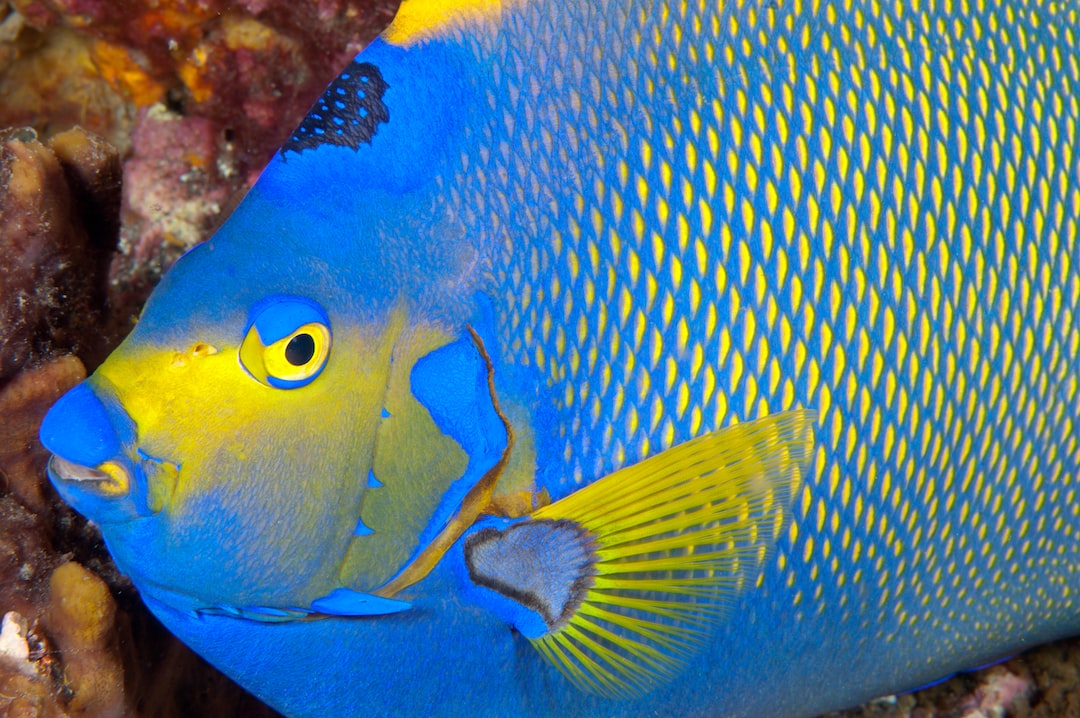aquarium uv filters are a crucial component of any fish tank setup. They not only help to keep the water clean and clear, but also play a significant role in eliminating harmful pathogens that can seriously impact the health of your aquatic pets. In this article, we will explore how aquarium UV filters work to combat these pathogens, ensuring a safe and healthy environment for your fish.
UV (Ultraviolet) filters utilize ultraviolet light to effectively kill or deactivate bacteria, viruses, and other harmful microorganisms present in the water. This technology works by exposing the pathogens to high-intensity ultraviolet rays, more specifically the UVC wavelength. The UVC wavelength is particularly effective in destroying the DNA and cellular structure of these microorganisms, rendering them unable to reproduce and causing their ultimate demise.
Within the UV filter, a lamp produces the UVC light, positioned within a quartz sleeve to protect it from contact with water. The water is then pumped through this sleeve, allowing it to be exposed to the UVC light as it passes through. The pathogens present in the water are exposed to this high-energy light, effectively neutralizing them.
The flow rate of the water passing through the UV filter is an important factor to consider. The water needs to have sufficient contact time with the UVC light for it to be effective in eliminating the pathogens. A slower flow rate ensures thorough exposure of the water to the UVC light, maximizing the filter’s efficiency in eliminating harmful microorganisms.
It is important to note that although UV filters are highly effective in killing pathogens, they are not a solution to all aquarium-related issues. They are primarily designed to combat waterborne pathogens and do not address broader water quality concerns such as excessive ammonia or nitrate levels. Therefore, it is crucial to maintain proper aquarium maintenance practices, such as regular water changes and adequate filtration, in conjunction with a UV filter for optimal aquarium health.
Additionally, UV filters require regular maintenance to ensure their effectiveness. The UVC lamp needs replacement approximately every 6-12 months, as its intensity decreases over time. The quartz sleeve that protects the lamp also needs cleaning periodically, as any buildup of dirt or debris can hinder the UVC light from penetrating the water effectively.
To conclude, an aquarium UV filter is an invaluable tool in maintaining a healthy and safe aquatic environment for your fish. By utilizing the power of ultraviolet light, these filters effectively neutralize harmful pathogens in the water, preventing diseases and ensuring the well-being of your aquatic pets. However, it is important to remember that UV filters are only one piece of the puzzle, and proper aquarium maintenance practices should be coupled with their usage for optimum results.

